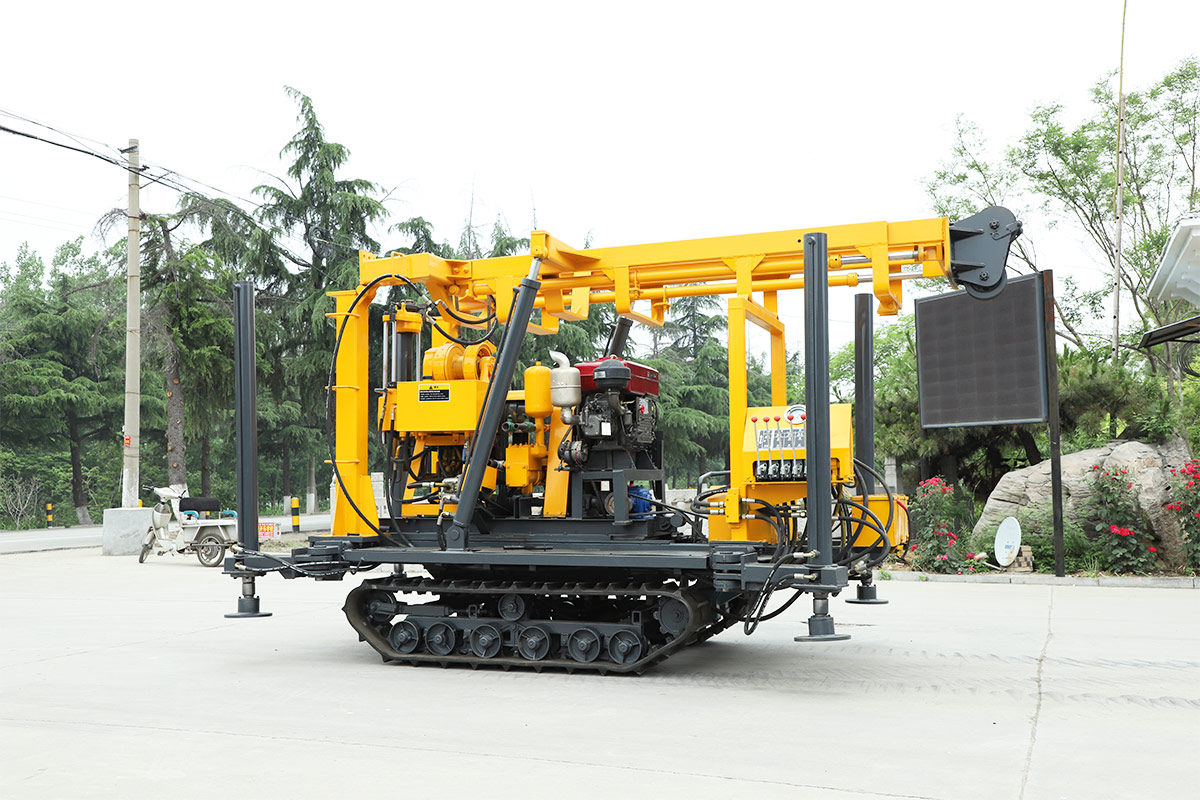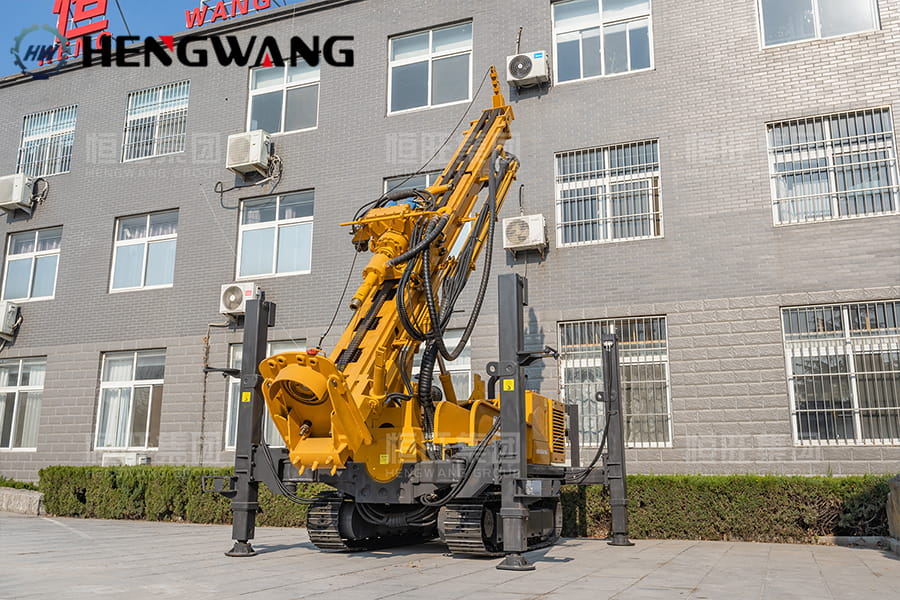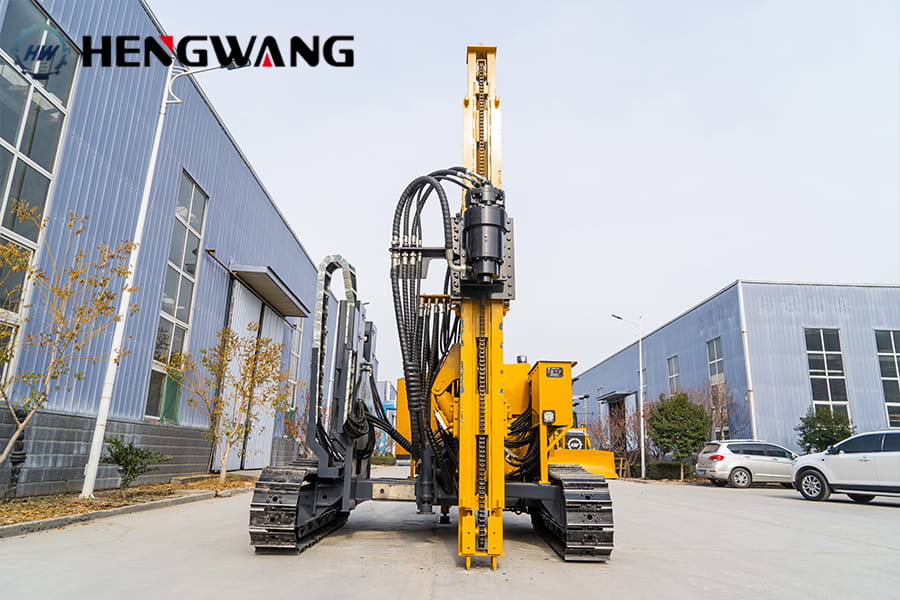Depending on the terrain, look for water in valleys or in depressions. For example, in mountainous areas, groundwater is generally collected in valleys, or drained out of the surface to form springs; in drowning valleys along the coast or lakes, due to the concentrated infiltration of rainwater and surface water, freshwater lenses can be formed. Buried in the low-lying places of the drowned valley, the groundwater of the dunes in the desert area, and the shallow buried in the depressions between the dunes and the dunes.
2. Look for rock layers with poor permeability in rock layers with good permeability
Seek water in mountainous areas (lime areas) with developed rock fissures and good water permeability. Because the rock has good water permeability, precipitation penetrates deeply along the fissures, and the groundwater is buried at a depth of tens to hundreds of meters. Deep wells, there are currently some difficulties. When looking for water in such an area, try to find a shallow or relatively aquifer. In this way, the aquifer can prevent the groundwater infiltrating from the upper part from continuing to seep down, but accumulating above the aquifer. Although this kind of aquifer sometimes has a small amount of water, it is shallowly buried and can meet the water requirements for small settlements.

3. Find the rock formation with good water permeability in the rock formation with poor water permeability
In some mountainous areas where igneous rock layers or metamorphic rocks are distributed, if there are no structural fissures in the deep part of the well drilling bedrock, its permeability is very poor, while the upper part of the bedrock has been weathered for a long time, forming a deep weathering crust with well-permeable fissures. Void and fissure water is found in the weathering crust and in the residual loamy layers in the foothills of the hillsides.
4. Find concentration in dispersion
To find water in rocks with uneven distribution of fissures, it is necessary to use the inhomogeneity of rock fissures. Look for places where fissures are most developed, such as near rock veins. Dikes are rock masses that intrude into surrounding rock formations with volcanic activity or other tectonic movements. Due to the intrusion of rock dikes, wells are drilled to break up the surrounding rocks, creating denser fractures to store groundwater.
 Watch the 400XL Full Hydraulic Core Drill in Action in Zimbabwe: Real Customer Feedback and Performance Insights
Watch the 400XL Full Hydraulic Core Drill in Action in Zimbabwe: Real Customer Feedback and Performance Insights
 Unleash Powerful Drilling with the HW-FSL400 Pneumatic Reverse Circulation Drill: Efficiency, Durability, and Pr
Unleash Powerful Drilling with the HW-FSL400 Pneumatic Reverse Circulation Drill: Efficiency, Durability, and Pr
 Discover the Power of the HWL390H Solar Pile Driver: Efficiency, Durability, and Innovation for Solar Projects
Discover the Power of the HWL390H Solar Pile Driver: Efficiency, Durability, and Innovation for Solar Projects